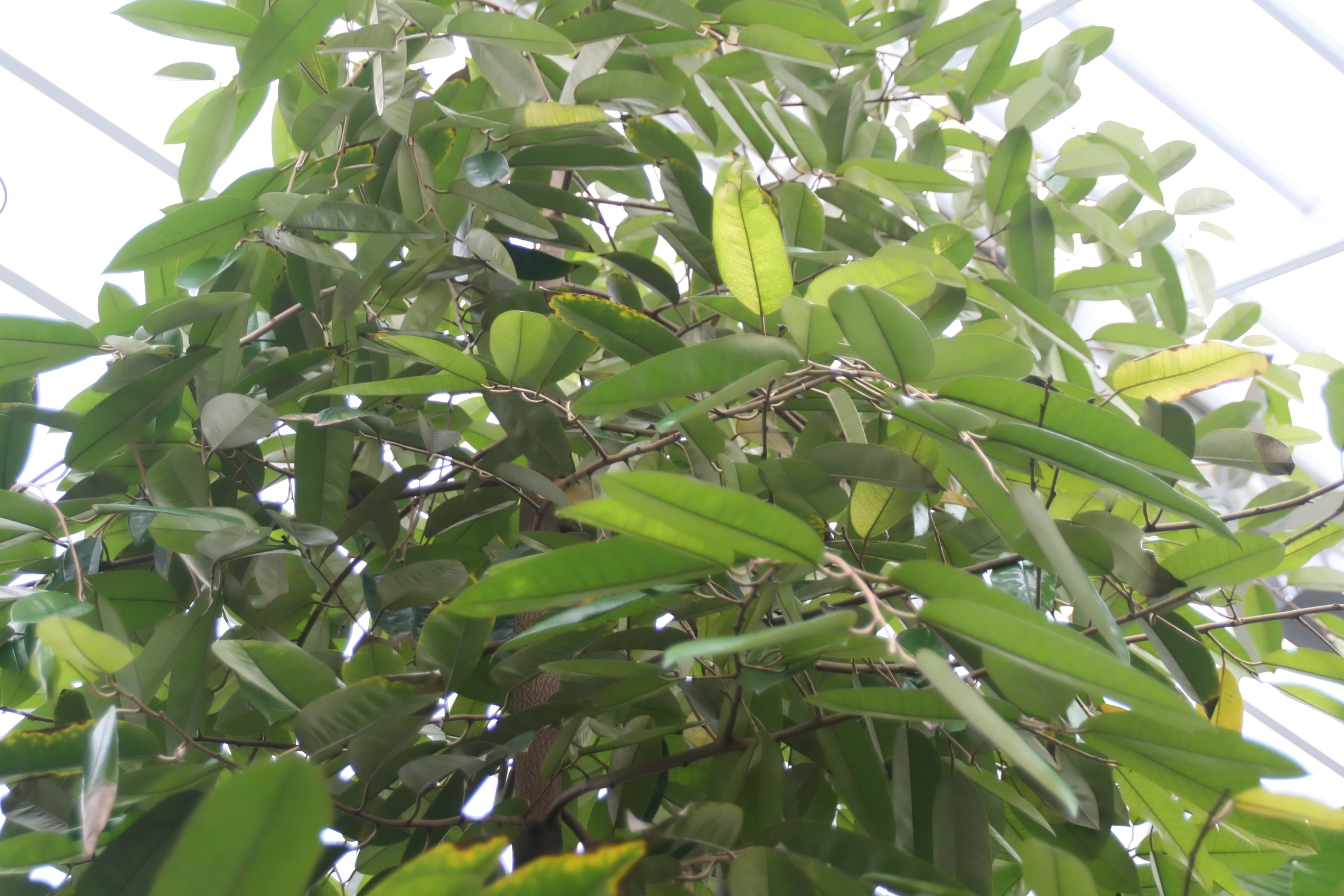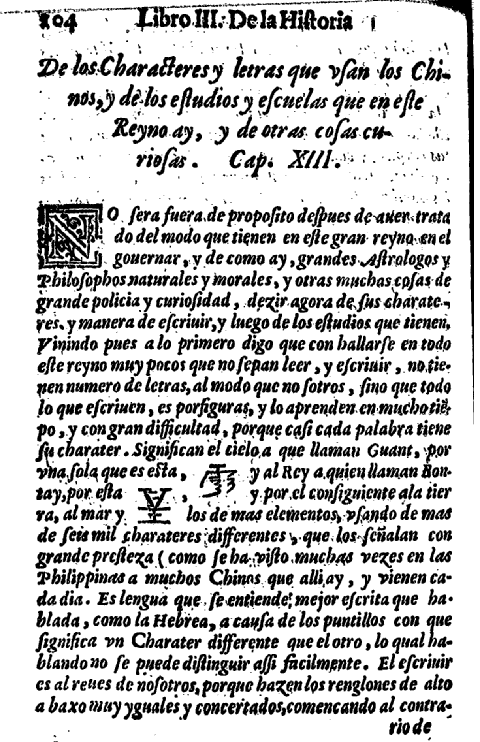|
Durian
The durian () is the edible fruit of several tree species belonging to the genus ''Durio''. There are 30 recognized species, at least nine of which produce edible fruit. ''Durio zibethinus'', native to Borneo and Sumatra, is the only species available on the international market. It has over 300 named varieties in Thailand and over 200 in Malaysia as of 2021. Other species are sold in their local regions. Known in some regions as the "king of fruits", the durian is distinctive for its large size, strong odour, and Spine (botany), thorn-covered peel (fruit), rind. The fruit can grow as large as long and in diameter, and it typically weighs . Its shape ranges from oblong to round, the colour of its husk from green to brown, and its flesh from pale yellow to red, depending on the species. Some people regard the durian as having a pleasantly sweet fragrance, whereas others find the aroma overpowering and unpleasant. The persistence of its strong odour, which may linger for sev ... [...More Info...] [...Related Items...] OR: [Wikipedia] [Google] [Baidu] |
Durio Graveolens
''Durio graveolens,'' sometimes called the red-fleshed durian, orange-fleshed durian, or yellow durian, is a species of tree in the family Malvaceae. It is one of six species of durian named by Italian naturalist Odoardo Beccari. The specific epithet ('strong smelling' or 'rank') is due to the odor. Although most species of '' Durio'' (most notably '' Durio dulcis'') have a strong scent, the red-fleshed type of ''D. graveolens'' has a mild scent. It is native to Southeast Asia. ''D. graveolens'' is an edible durian, perhaps the most popular 'wild' species of durian, and it is sold commercially regionally. Description ''D. graveolens'' is a large tree, sharing many features with '' D. dulcis''. It inhabits the upper canopy, growing up to tall. The trunk is in diameter and can have no branches until about high. The trunk will be smooth or flaky, grey/mauve to ruddy brown with steep buttress roots. The buttresses reach and extend out . The oblong leaves are long without th ... [...More Info...] [...Related Items...] OR: [Wikipedia] [Google] [Baidu] |
Durio Zibethinus
''Durio zibethinus'' is the most common tree species in the genus '' Durio'' that are known as durian and have edible fruit also known as durian. As with most other durian species, the edible flesh emits a distinctive odour that is strong and penetrating even when the husk is intact. Some people regard the durian as having a pleasantly sweet fragrance; others find the aroma overpowering and revolting. The persistence of its odour has led to the fruit's banishment from certain hotels and public transportation in Southeast Asia. There are 30 recognised ''Durio'' species, at least nine of which produce edible fruit. ''D. zibethinus'' is the only species available in the international market: other species are sold in their local regions. There are hundreds of cultivars of ''D. zibethinus''; many consumers express preferences for specific cultivars, which fetch higher prices in the market. Description The wood of ''D. zibethinus'' is reddish brown. Ecology ''D. zibethinus'' flo ... [...More Info...] [...Related Items...] OR: [Wikipedia] [Google] [Baidu] |
Durio Kutejensis
''Durio kutejensis'', commonly known as durian pulu, durian merah, nyekak, Pakan, Kuluk, or lai, is a primary rainforest substorey fruit tree from Borneo. Description It is a very attractive small- to medium-sized tree up to 30 m tall. It has large, glossy leaves, numerous large, red flowers that emit a strong carrion smell at anthesis. This species is reportedly pollinated by giant honey bees and birds, as well as bats. The large durian fruit it bears has thick, yellow flesh with a mild, sweet taste and creamy texture similar to that of '' Durio zibethinus''. It bears fruit late in the season. Usage It is cultivated in East Kalimantan, Indonesia and has been introduced to Queensland. In Brunei, the fruit of ''D. kutejensis'' is preferred by local consumers over that of ''D. zibethinus'', though the latter is the only durian species available in the international market. The fruit is also said to have fewer of the unpleasant flavors that ''D. zibethinus'' has. Gallery Im ... [...More Info...] [...Related Items...] OR: [Wikipedia] [Google] [Baidu] |
Durio Macrantha
''Durio macrantha'' is a species of durian. The species was first found in Gunung Leuser National Park in Northern Sumatra Sumatra () is one of the Sunda Islands of western Indonesia. It is the largest island that is fully within Indonesian territory, as well as the list of islands by area, sixth-largest island in the world at 482,286.55 km2 (182,812 mi. ... in 1981. A specimen was then grown in the garden of botanist André Joseph Guillaume Henri Kostermans, who described it as a separate species based on his cultivated specimen. Despite several expeditions, additional specimens have not been found in the wild. The species has since been cultivated in Australia. It was formally described in 1992. It is distinguished from other durian species by its large flowers. The tree itself is of smaller stature than other species, standing about 10 meters tall. References Further reading * macrantha Trees of Sumatra Tropical fruit Plants described in 1992 ... [...More Info...] [...Related Items...] OR: [Wikipedia] [Google] [Baidu] |
Durio
''Durio'' is a genus of plants in the family Malvaceae. Several species produce an edible fruit known as durian, the most common species being ''Durio zibethinus'', with eight others producing edible fruit. Taxonomy Early works describe ''Durio sensu lato'', which had 30 recognised species, with ''Durio sensu stricto'' comprising 24 of them. The 6 additional species included in ''Durio s.l.'' are now considered by some to comprise their own genus, '' Boschia''. ''Durio s.s.'' and ''Boschia'' have indistinguishable vegetative characteristics and many shared floral characteristics. The crucial difference between the two is that anther locules open by apical pores in ''Boschia'' and by longitudinal slits in ''Durio s.s.'' These two genera form a clade that is sister to another genus, '' Cullenia''. These three genera together form a clade that is characterised by highly modified (mono- and polythecate, as opposed to bithecate) anthers. The genus ''Durio'' had been placed in the ... [...More Info...] [...Related Items...] OR: [Wikipedia] [Google] [Baidu] |
Durio Grandiflorus
''Boschia grandiflora'', the ghost durian or durian munjit, is a tree endemic to the island of Borneo. Description ''Boschia grandiflora'' is a medium-sized tree up to tall, with a trunk diameter up to . The tree has buttresses. The ellipsoid fruit measures up to by and features spines up to long. Their coloration can range from greenish-brown to bluish-grey. The brown seeds measure up to long, and are covered by an edible aril. Uses ''Boschia grandiflora'' is an edible species, formerly in the genus '' Durio'', which produces the popular fruit known as durian The durian () is the edible fruit of several tree species belonging to the genus ''Durio''. There are 30 recognized species, at least nine of which produce edible fruit. ''Durio zibethinus'', native to Borneo and Sumatra, is the only species .... The fruit of this species has yellow flesh. The seeds have a red, edible aril. The wood is used in construction and for furniture. References {{Taxonbar, from1=Q1 ... [...More Info...] [...Related Items...] OR: [Wikipedia] [Google] [Baidu] |
Durio Dulcis
''Durio dulcis'', known as durian marangang (or merangang), red durian, tutong, or lahung, is a fairly large tree in the genus ''Durio''. It can grow up to 40 m tall. The husk of its fruit is dark red to brown-red, and covered with slender 15–20 mm long spines. The fruit flesh is dark yellow, thin, and deep caramel-flavored, with a turpentine Turpentine (which is also called spirit of turpentine, oil of turpentine, terebenthine, terebenthene, terebinthine and, colloquially, turps) is a fluid obtainable by the distillation of resin harvested from living trees, mainly pines. Principall ... odor. The fruit of this species is considered by many to be the sweetest of all durians. References dulcis Endemic flora of Borneo Trees of Borneo Fruits originating in Asia Vulnerable flora of Asia Taxa named by Odoardo Beccari Plants described in 1889 {{Malvaceae-stub ... [...More Info...] [...Related Items...] OR: [Wikipedia] [Google] [Baidu] |
Juan González De Mendoza
Juan González de Mendoza, O.S.A. (1545 – 14 February 1618) was a Spanish bishop, explorer, sinologist, and writer. He was the author of one of the earliest Western histories of China. Published by him in 1585, ''Historia de las cosas más notables, ritos y costumbres del gran reyno de la China'' (''The History of the Great and Mighty Kingdom of China and the Situation Thereof'') is an account of observations of several Spanish travelers in China. An English translation by Robert Parke appeared in 1588 and was reprinted by the Hakluyt Society in two volumes, edited by Sir George T. Staunton, Bart. (London, 1853–54). González de Mendoza's ''Historia'' was mostly superseded in 1615 by the work of much more informed Jesuit missionaries who actually lived in China, Matteo Ricci and Nicolas Trigault, ''De Christiana expeditione apud Sinas''. Much of González de Mendoza's work was plagiarised from Escalante's ''Discurso de la navegacion'' Biography González de Mendoz ... [...More Info...] [...Related Items...] OR: [Wikipedia] [Google] [Baidu] |
Durio Lowianus
''Durio lowianus'' is a species of tree in the family ''Malvaceae'' ''sensu lato''. It is native from Peninsular Thailand to Sumatra Sumatra () is one of the Sunda Islands of western Indonesia. It is the largest island that is fully within Indonesian territory, as well as the list of islands by area, sixth-largest island in the world at 482,286.55 km2 (182,812 mi. .... References lowianus Taxa named by George King (botanist) {{Malvaceae-stub ... [...More Info...] [...Related Items...] OR: [Wikipedia] [Google] [Baidu] |
Oxford University Press
Oxford University Press (OUP) is the publishing house of the University of Oxford. It is the largest university press in the world. Its first book was printed in Oxford in 1478, with the Press officially granted the legal right to print books by decree in 1586. It is the second-oldest university press after Cambridge University Press, which was founded in 1534. It is a department of the University of Oxford. It is governed by a group of 15 academics, the Delegates of the Press, appointed by the Vice Chancellor, vice-chancellor of the University of Oxford. The Delegates of the Press are led by the Secretary to the Delegates, who serves as OUP's chief executive and as its major representative on other university bodies. Oxford University Press has had a similar governance structure since the 17th century. The press is located on Walton Street, Oxford, Walton Street, Oxford, opposite Somerville College, Oxford, Somerville College, in the inner suburb of Jericho, Oxford, Jericho. ... [...More Info...] [...Related Items...] OR: [Wikipedia] [Google] [Baidu] |
Species
A species () is often defined as the largest group of organisms in which any two individuals of the appropriate sexes or mating types can produce fertile offspring, typically by sexual reproduction. It is the basic unit of Taxonomy (biology), classification and a taxonomic rank of an organism, as well as a unit of biodiversity. Other ways of defining species include their karyotype, DNA sequence, morphology (biology), morphology, behaviour, or ecological niche. In addition, palaeontologists use the concept of the chronospecies since fossil reproduction cannot be examined. The most recent rigorous estimate for the total number of species of eukaryotes is between 8 and 8.7 million. About 14% of these had been described by 2011. All species (except viruses) are given a binomial nomenclature, two-part name, a "binomen". The first part of a binomen is the name of a genus to which the species belongs. The second part is called the specific name (zoology), specific name or the specific ... [...More Info...] [...Related Items...] OR: [Wikipedia] [Google] [Baidu] |




